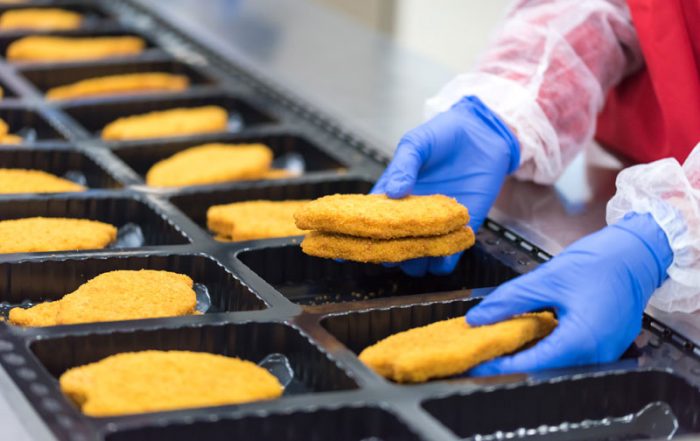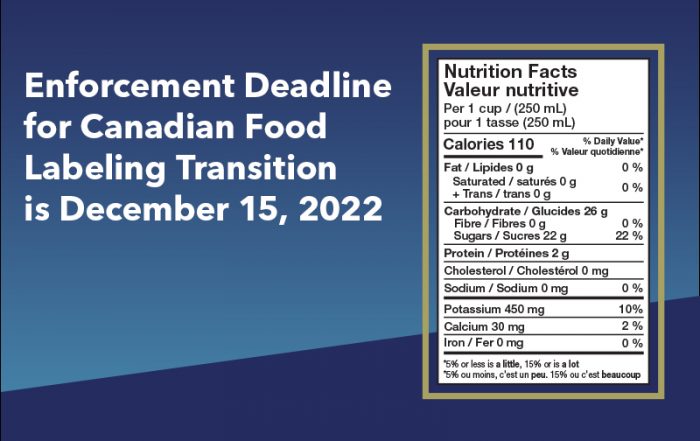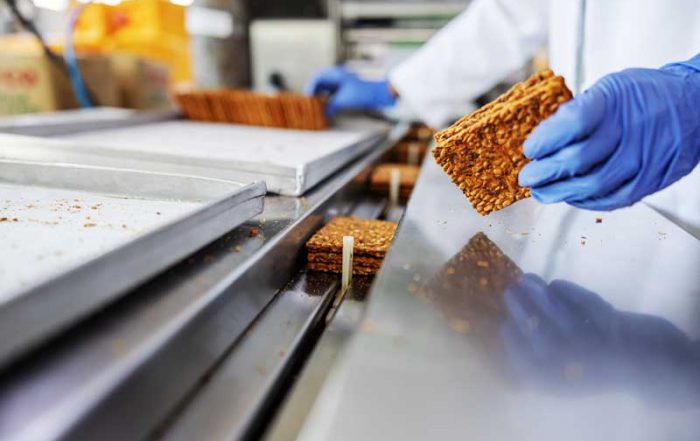Spices, dried culinary herbs, edible seeds are important food commodities the world over and relied on to add flavour and zest to food during preparation.
Spices, dried culinary herbs, edible seeds are important food commodities the world over and relied upon to add flavour and zest during food preparation.
Studies have shown that microbial levels on these dry (low-moisture) food matrices are often exceedingly high. In spices for example, Salmonella, Bacillus spp. (including Bacillus cereus), Clostridium perfringens, Staphylococcus aureus, Shigella and Cronobacter spp. are among the main pathogens, with Salmonella triggering recalls most often.
Pathogens can have a prolonged existence in foods and can survive in low moisture foods like these for long periods of time. For instance, Salmonella can survive in foods for weeks, months and even years.
The root of this issue most often points to handling practices, poor hygiene, storage equipment, and climate conditions such as excess heat and humidity during growth, harvest, storage, and processing. Sun drying and fermentation can exacerbate the problem by attracting insects and other animals.
While improvements are taking place for example through initiatives such as the development of blockchain traceability, the global nature and complexity of the spice trade still makes traceability and supplier controls challenging when it comes to certifying products for quality and safety. Until the time arrives when all the stages of the supply chain are doing their part in ensuring safe products, the onus falls on processors to make sure raw ingredients meet food safety requirements.
Current Practices
To control pathogens, companies follow various methods including irradiation and steam treatments. According to the United States Environmental Agency (EPA), the method used “…depends on the pathogen of concern, particular characteristics of the spice, and whether the spice can withstand a particular treatment without significant degradation in quality”.
For instance, irradiation is the process of treating food products using x-rays, gamma rays, or electron beams to eliminate organisms and bacteria that cause foodborne illnesses and food spoilage. Benefits include improved food safety and extended shelf life without the use of chemicals or toxic substances and as well, without affecting nutrient levels.
Irradiation is approved for use on spices and seasonings as well as other food such as various meat types, crustaceans, fresh fruits and vegetable, lettuce, and spinach. In the United States, the FDA permits irradiation of food products but treated foods must be clearly labeled as “treated by radiation” or “treated by irradiation” on the packaging.
Another method employed is Ethylene Oxide (ETO) which is a flammable, colourless gas used as a sterilant for spices as well as for sterilizing cosmetics and medical devices. Testing for ETO residue on spices is necessary since it is toxic to humans. Maximum Residue Levels (MRLs) for ETO set by Health Canada’s Pest Management Regulatory Agency (PMRA) are at 7 ppm for ETO and 940 ppm for Ethylene Chlorohydrin (a degradation byproduct of ETO) in specific herbs, spices and fruits and vegetables. These levels are consistent with the US tolerances.
Our affiliated division, Canadian Analytical Laboratories (CAL) uses GC or GCMS to quantify ETO residues that may remain in spices.
Third Party Testing and Preventive Measures
There are two ways food manufacturers, importers and wholesalers can take to reduce the risk of contaminated ingredients and products from entering the marketplace.
First, third party commercial laboratory analysis can help identify microbial and physical contaminants. CAL’s ISO 17025 accredited laboratory has longstanding expertise in testing microbials as well testing for “filth” which is extraneous matter such as insects, feces, and hair, and analysis of chemical residues like pesticides, ethylene oxide residues and solvent residues.
Secondly, implementing preventive measures in combination with testing can greatly reduce the spread of pathogens and cross contamination. This requires having proper Hazard Analysis Critical Control Point systems and Good Manufacturing Practices (GMP). This includes but is not limited to examining the workplace for poor sanitation practices; reviewing the facility design by identifying areas where cross contamination may occur; controlling the movement of raw materials; adopting good handling practices by personnel; discontinuing the use of inadequate equipment and improving maintenance practices. A third-party firm like MCS Associates can be invaluable in meeting these goals by bringing a critical eye and identifying potential gaps without the business having to tie up internal staff members.
Consumers are becoming more informed about the origin and safety of the food they consume and want to feel confident that they are purchasing clean and safe products. Eliminating microbial risks through testing and proper production practices is way to provide that assurance.
Can we help? Contact Us.
Contact our food safety and quality experts at enquiries@mcs-associates.com to support your Preventive Control Plan requirements. For testing of microbials, mycotoxins, agrochemicals such as pesticides, and other contaminants, visit Canadian Analytical Laboratories.








